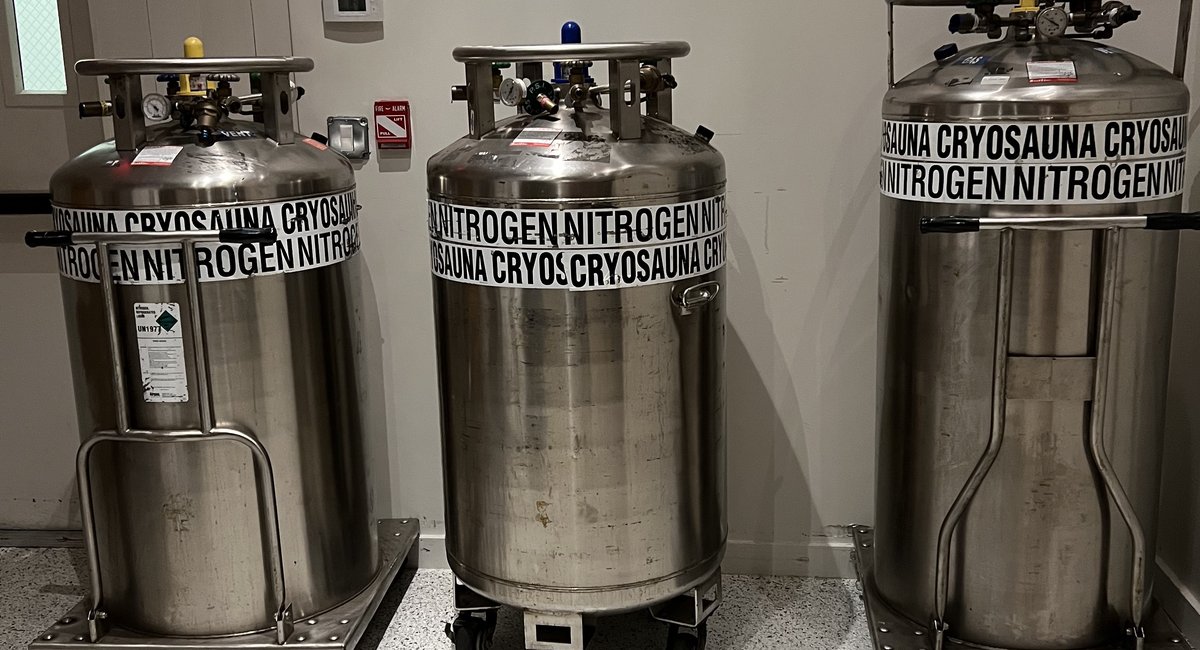Welcome to ‘I tried it!’ a series where our reporters try new and trending experiences in New York — so you can decide if you want to.
As I approached Kollectiv, a wellness spa on East First Street in NoHo, there was a vague waddle in my stride.
I’d signed up to try whole-body cryotherapy — “WBC” for short — rumored to be a magic bullet for exercise-induced pain, joint inflammation, and even depression and anxiety. So I’d purposely engaged in a crushing workout that morning: Let’s see if cryo is really the physiological wizardry people make it out to be.
Kollectiv, looking sunny and warm from the outside.
Lee Helland
Some heavy hip thrusters, hip hinges and deadlifts later, my hamstrings and glutes behaved more like lead than legs as I navigated my way to the appointment. Phase one of the mission: accomplished.
What made me want to try whole-body cryotherapy
Over the past 15 years I’ve seen wellness fads peak and fade: Remember acai (2010), Bulletproof coffee (2015), and activated charcoal (2017)?
But cryotherapy, which is an umbrella term encompassing cold-water immersion, whole-body cryotherapy, ice application and other specialized services such as the “cryofacial,” is a hot topic with seeming staying power.
Proponents — perhaps none of whom are your trusted sources of medical advice – include ancient Egyptians around 3,500 B.C. to mega-podcaster Joe Rogan in 2015 to Lizzo and Hailey Bieber, like, yesterday. They all assert it relieves inflammation, anxiety and pain, among other salutary effects.
A 2017 review of literature indicates cryotherapy may help with pain and post-exercise recovery but states that controlled studies are needed.
The whole-body cryotherapy treatments offered at spas usually are not of the ice-bath variety; rather, they use liquid nitrogen vapors to blast you with temperatures in the -250 degrees Fahrenheit range for a few minutes at a time. These procedures have not been extensively studied or proven to help with the…
Read the full article here

Leave a Reply